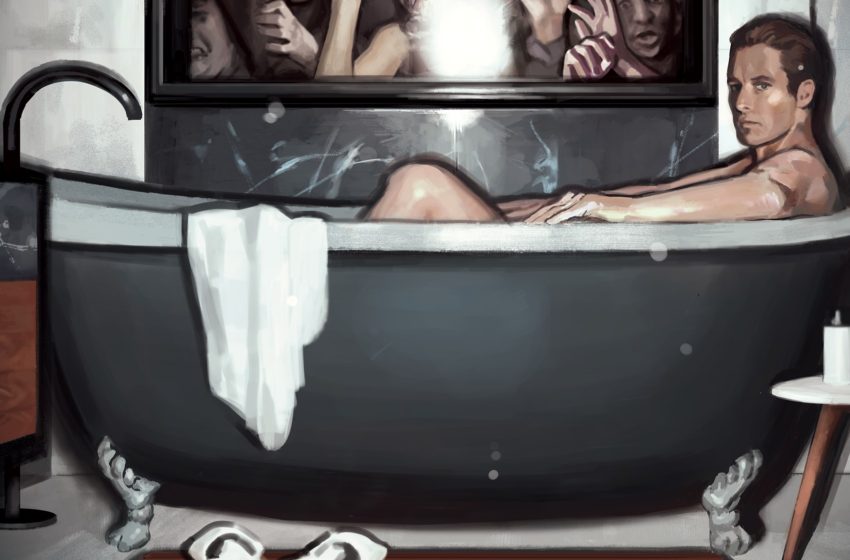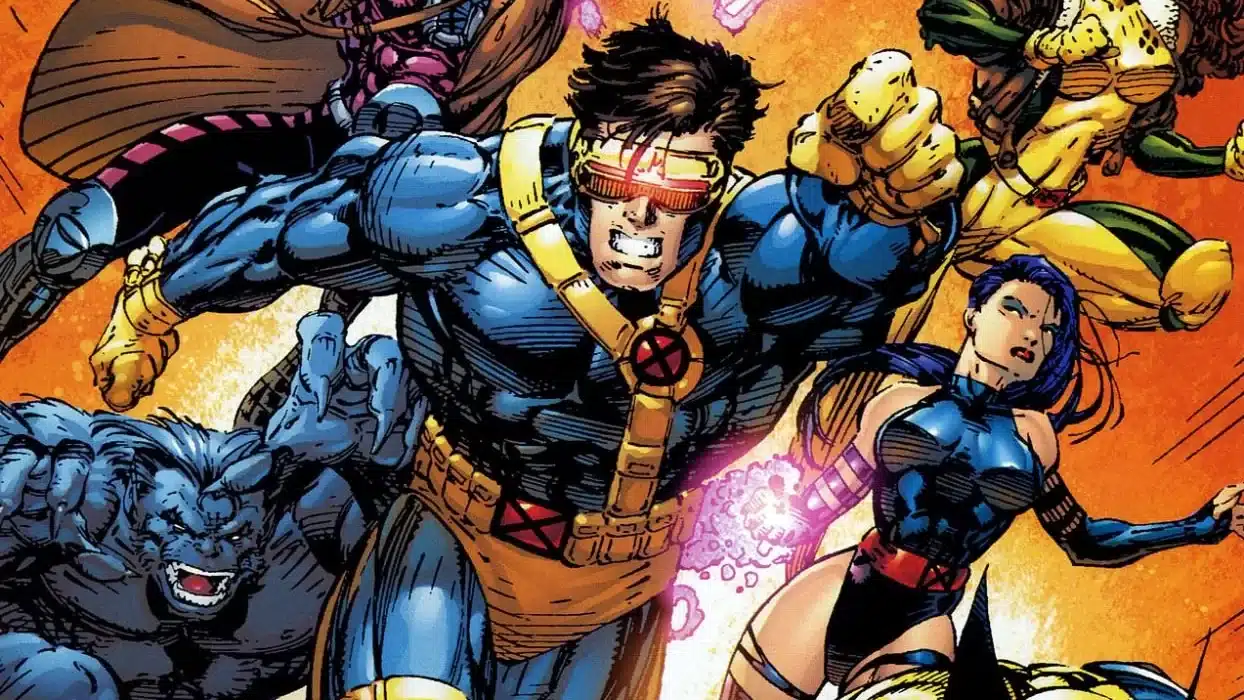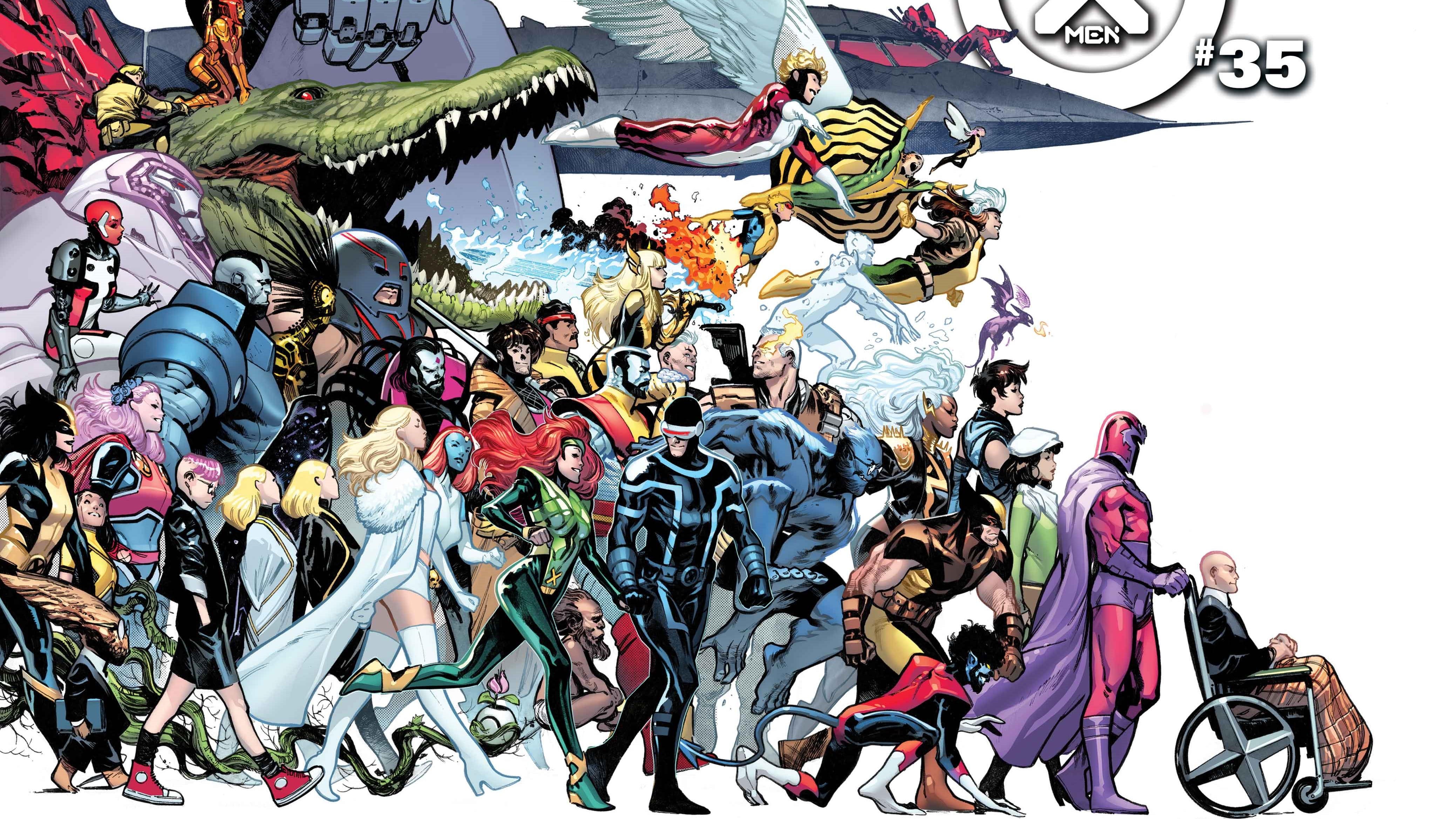The following first appeared in the ComicsXF newsletter. You can get early access to our editorials, a roundup of the week’s best content and get to know the members of the ComicsXFamily by subscribing right here:
Welcome to the new ComicsXF newsletter, made via Mailchimp, which is not Substack. Quite frankly, it was easier to work off the old WMQ Comics newsletter account than start fresh (although if you asked our designer, Jason Large, that might not actually be true).
It feels like an appropriate time to be launching a newsletter, after Substack last week announced a slew of comics-centric subscription projects featuring some of the biggest creators in the business.
We’ve seen big announcements like this come seemingly out of nowhere before, and very recently. Is Substack the new NFTs and ComicHub, that thing that shines bright briefly, makes a lot of noise, courts controversy, gets play in some Bleeding Cool articles and then goes away, lost to the fog of memory?
Mmm … this one feels more serious. At least right now.
Substack is newly flush with cash, having received $65 million in venture capital funding. With money to burn, it is offering comics creators a space to create content and sell it via paid subscriptions.
According to The Beat, their current model involves paying prominent writers with substantial followings upfront and taking the majority of their subscription fees; after a year, the platform takes a 10% cut.
“There are few industries where we feel the Substack model could be more game-changing than in comics, where the gap in power and earning potential between publishers and for-hire creators is enormous, and where the creator of a story can spawn a nine-figure franchise and yet take home little more than a standard paycheck,” Substack co-founder Hamish McKenzie wrote on the site last Monday.
What followed felt like a week’s worth of LeBron-style “The Decision” specials, as creators announced they were taking their talents to Substack, either in addition to or at the expense of current work-for-hire projects.
In perhaps the biggest move, writer James Tynion IV said he is leaving Batman with November’s issue #117 and Joker with next year’s #14, to make room to create content for Substack, starting with Blue Book, a UFO abduction comic with artist Michael Avon Oeming.
He said the move does not affect his work on his creator-owned comics, such as Department of Truth, Nice House on the Lake, Wynd and Something Is Killing the Children.
“Now I can afford to be picky and choose what projects work with my schedule and the creator owned books I want to make,” Tynion wrote.
If the writer of one of the traditionally highest-selling comics can be tempted to walk away from it, attention must be paid.
In an April interview with ComicsXF, Tynion said, “I’ve been working in comics for about 10 years now and one of the benefits of that and having a few successful series under my belt is wanting to make more steps where I can control more of the process, and I don’t have to give up the core intellectual rights of the series that I’m doing.”
This quote doesn’t presage his Substack deal, but it does explain his general philosophy of working in the industry in a way that makes it make sense. Tynion was never JUST the Batman guy. In addition to putting books out through multiple traditional publishers (DC, Image, BOOM Studios), he also has been self-publishing his own horror magazine, Razorblades. His whole ethos has been playing in as many sandboxes as possible in a way that seeks to expand the industry (while attempting to strengthen his rights as a creator at the same time).
Other comics Substacks are coming from Molly Knox Ostertag, Saladin Ahmed, Skottie Young, Chip Zdarsky, Scott Snyder and, perhaps most notably for our purposes, Jonathan Hickman, who is working on a “concept universe” called 3 Worlds, 3 Moons with (deep breath) Mike Del Mundo, Mike Huddleston, Sasha E. Head, Al Ewing, Tini Howard and Ram V.
“I want to be able to tell stories of varying lengths,” Hickman wrote in his announcement newsletter. “I want the format to be based on what the story demands instead of how many 20 page issues (chapters) eventually make up a trade. And most of all, I want to be able to drop a story without notice on any day we want and for it to just be sitting there, waiting for you, like the gift these things are supposed to be.”
Hickman publishes Decorum and has published other titles through Image Comics, a company that often isn’t beholden to standard floppy lengths and has been known to drop surprise comics from time to time. Although the latter may only be for Robert Kirkman.
Substack has a reputation that precedes it. It has been criticized for presenting a “value-neutral” stance that has allowed it to platform transphobic writers, creating another breeding ground for hate in the name of free speech.
Perhaps as a bit of counterprogramming, Ostertag says she plans to donate profits from her Substack to Trans Lifeline, and Zdarsky has pledged the same to Rainbow Railroad.
But traditional publishers also are no angels. Marvel Entertainment Chairman Ike Perlmutter was a major Trump booster. Dynamite has at times gotten a little too cozy with ComicsGate. Image employs a similarly “value neutral” philosophy to Substack that has let books by Howard Chaykin, Brandon Graham and John Upchurch see the light of day the past few years, and nearly trumpeted Warren Ellis’ comeback until public backlash made it infeasible.
There’s another rub in the Substack plan in that if you pay to subscribe to these digital comics, it does not entitle you to any print versions that are collected, so you’d have to buy them again. But look in a mirror. There are at least some among you who have bought digitally, or bought singles with digital codes, then bought the trades later, then posted pictures even later on Twitter of the omnibus collecting the same series again with more backmatter, causing your bookshelf to sag under its weight.
For the traditional publishers, there’s an opportunity for money to be made in print deals for the Substack comics. Dark Horse scored a minor coup in getting the print license for comiXology Originals last year, especially now that Snyder’s Best Jackett Press is in that mix. Another publisher — Vault? Image? Random House Graphic? — or a few publishers could stand to make a mint with Substack deals.
“There isn’t a single comic I’m developing that won’t end up as a print comic available on stands in comic book stores,” Tynion wrote in a sentence that likely was relief to comics retailers everywhere.
So I know what you’re thinking: Enough! You’re breaking it down too well. Start making snap judgments, website!
Ultimately, we can break this news down into the good, the bad and the ugly:
The good: Creators are figuring out how to make money in an industry that attempts to screw them at every turn. And in a world where conventions’ outlook appears hazy, ask again later, it provides another revenue stream that will be there for them even if the delta variant ends up wiping out shows, and commission lists, into next year.
The bad: We still need to keep an eye on who Substack is platforming. Honestly, bringing more comics folks in could be a good thing in that they tend to be more willing to shout down bad actors (at least on my Twitter timeline), so there’s hope there. But also, there’s nothing to stop, say, Ethan Van Sciver from starting a Cyberfrog Central Substack tomorrow. So it’s entirely possible this is just providing another front in a neverending culture war.
The ugly: Man, I already subscribe to and do not read too many creator newsletters, so I’m not SUPER keen on flooding my inbox with more, Hickman or no Hickman.
But anyway, you should convince your friends to sign up for this newsletter.
Which, again, is not on Substack.
Dan Grote is the editor-in-chief of ComicsXF, having won the site by ritual combat. By day, he’s a newspaper editor, and by night, he’s … also an editor. He co-hosts WMQ&A: The ComicsXF Interview Podcast with Matt Lazorwitz. He lives in New Jersey with his wife, two kids and two miniature dachshunds, and his third, fictional son, Peter Winston Wisdom.






